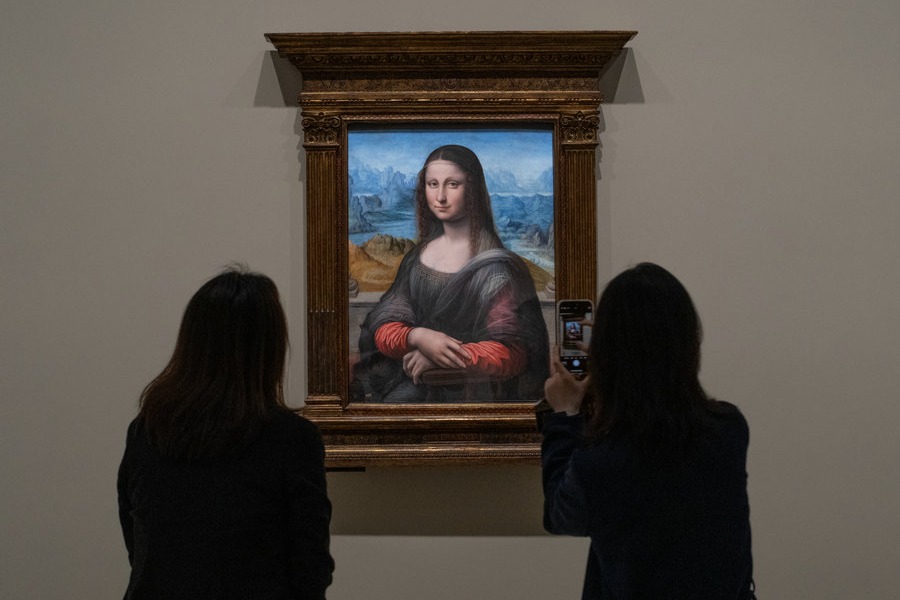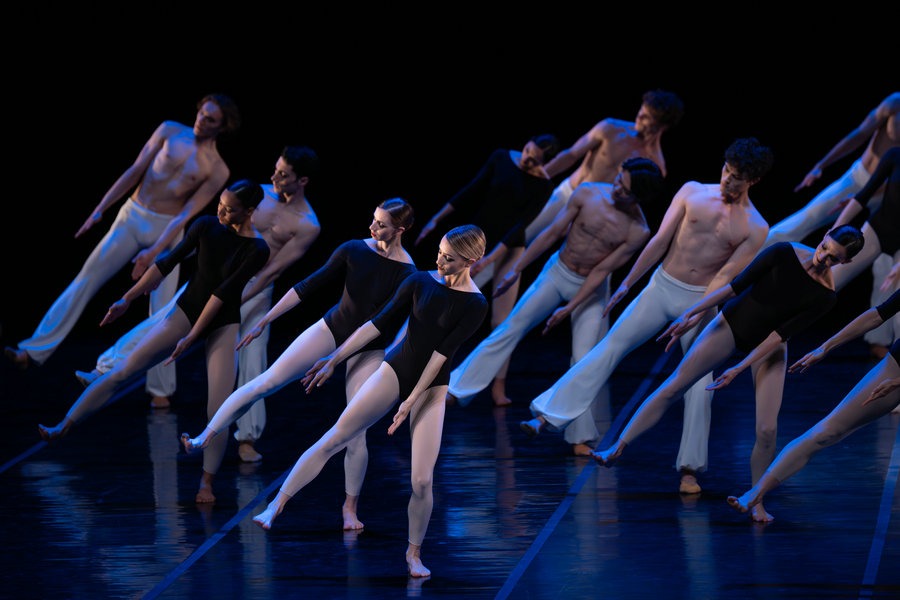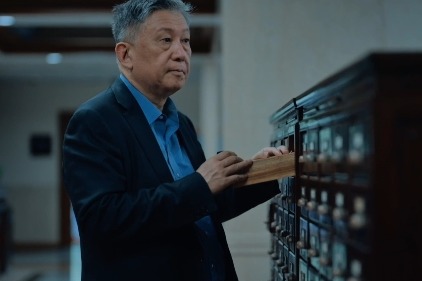New exhibition sheds light on work of prominent Ming Dynasty thinker

An exhibition about the scientific and artistic achievements of Zhu Zaiyu, a versatile thinker during the Ming Dynasty (1368-1644), is currently underway at the China Science and Technology Museum in Beijing.
Zhu devoted his life to the study of musicology, mathematics, astronomy, calendar systems and measurement. He also composed dozens of works of Chinese Sanqu poetry, which he published in his famous anthology, Moralizing Poems.
One of his most distinguished discoveries was his "twelve-tone equal temperament", which established the connection between music and mathematics.
Zhu divided an octave into 12 semitones of the same interval, so that a work of music could be played in different keys, much in the manner of a modern-day piano.
Zhu demonstrated that the ratio of the frequency between each of the neighboring semitones was the 12th root of 2, and calculated the value with an 81-spindle abacus that he designed himself, which ran to 24 places after the decimal point.
His invention was decades ahead of German composer Johann Sebastian Bach's The Well-Tempered Clavier, a huge work of musical analysis which detailed the relationship and possibilities between musical tones and semitones .
Although the two inventions show certain similarities, whether Bach borrowed Zhu's idea or whether Zhu’s concept contributed to the invention of piano remains a controversial point.
That said, the mathematic principles behind the twelve-tone equal temperament were included in a question at this year's Beijing’s College Entrance Examinations in June.
Zhu, who used grains of millet to establish a uniform method of measurement and learned how to accurately calculate the length of a tropical year, also managed to estimate the geographical latitude of Beijing through his scientific research.
According to Bai Xin, a professor in the history of science and technology at Capital Normal University, Zhu's achievements are still being applied to this day and are unlikely to be replaced at any time in the near future.
Zhu also invested much of his time in researching ancient Chinese dances and drew up numerous dancing manuals. One of the manuals that he created has even been recognized as the predecessor of group calisthenics.
“Zhu deserves to be called one of China's leading encyclopedic figures,” Bai says.
The exhibition presents in detail Zhu's achievements through dozens of displays, including the pitch pipes of his twelve-tone equal temperament and his 81-spindle abacus.
The exhibition will run through June 30.
If you go
9:30 am-17:00 pm, May 30-June 30, 5 East Beichen Road, Chaoyang district, Beijing, 010-59041000




































